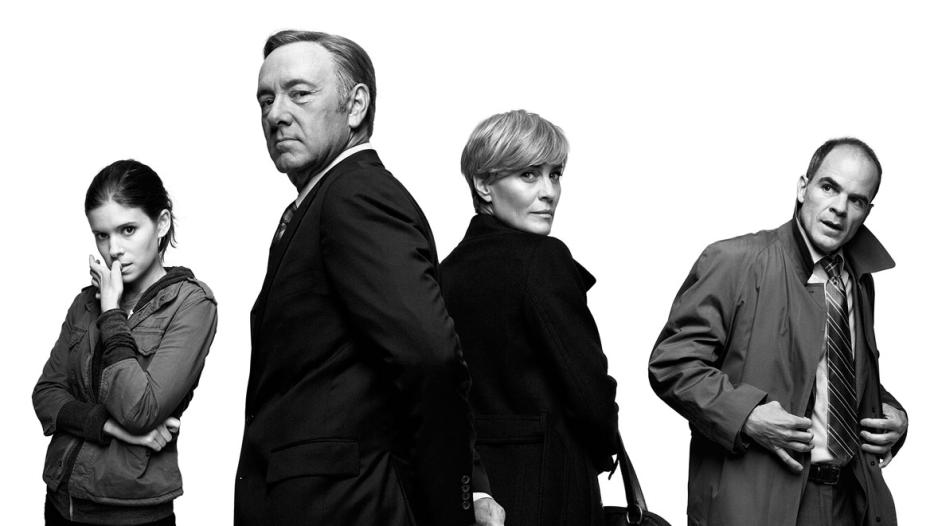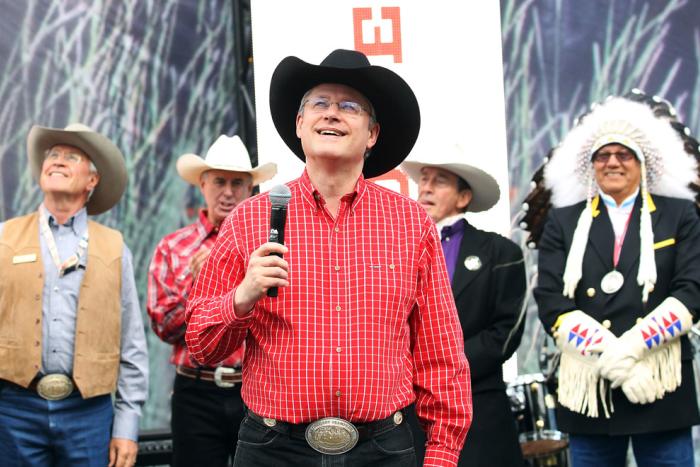“Binge-watch.” That’s the phrase it’s been impossible to escape recently after Netflix released House of Cards, their first original series, at the beginning of the month. Unlike traditional TV, season one of the online-only political drama was released in its entirety at once, and chatter of people gorging themselves on multiple episodes ricocheted around the usual channels, often eclipsing discussion of the show itself.
Maybe this is unsurprising. For some time now, Netflix has been emblematic of how, thus far, the emphasis of digital tech has been on how we get media, rather than the media itself. There are notable exceptions—video games, certainly—but by and large, it’s the distribution and consumption of media that has changed. It thus feels worth asking: what does it mean that we are producing delivery mechanisms that allow for binging—and then encouraging the indulgence?
Partly, it seems, the binge-watch is the expected result of Silicon Valley logic. The obsession with digital media has, almost exclusively, been related to personal choice and individual convenience. Whether buying a song from iTunes while on the bus or watching a movie on your tablet sitting in the park, it seems likely the mantra of “get what you want, when you want it, and how you want it” is tattooed on the arms of digital media execs around the world.
It is a phenomenon, however, itself part of a much greater trend. Think about everything from 1950s appliance commercials to the latest Apple commercials. Post-industrialist capitalism has been aimed at satisfying desire ever more efficiently and completely. Even when digital devices are purely functional or aimed at ‘work’—like the laptop or the printer—the message is the same: buying this thing will make it easier for you to live the life you desire. Put another way, almost all of modern technology has been aimed at saying yes: yes to leisure time, yes to self-expression, and yes to saying yes. Binge-watching is just the manifestation of a structure that works to satiate want.
What complicates matters, however, is that for eons now, we’ve valued the capacity to say no. Picture this: If someone were to spend a weekend and blitz through the lyrical novels of Amit Chaudhuri or Teju Cole, we would blame the reader, would we not? We would say they have missed the point, or, to invoke the proper Internet idiom, that they are simply ‘doing it wrong.’ It is almost as if we’d feel the binge-reader has given in to base urges, when what we believe the art asks of them is something more considered and detached—and slow.
You could argue, then, that now more than ever there is something to be said for restraint; all media is now a ‘book you can’t put down’, and the sentiments of moderation must now be applied to this exponentially larger arena. Yet, at the same time, the mediascape is exponentially more, isn’t it? There’s something about the sheer scale of choice and convenience that changes things. Saying no to a new book that takes a week to read is one thing; saying no to instant-on, mobile, ubiquitous entertainment seems like another. It’s a bit like telling people simply not to eat so much or so poorly when cheap, easy calories are readily available: at some point, you have to start wondering how it is that the things that are worst for you are the easiest to get your hands on.
So the question then is, whether like diets, self-help books or public education programs, we need help saying no. Often, that takes the form of technology that limits our access to ‘distractions’—even when those distractions happen to be of value. Look at news aggregation apps like Flipboard, that filter through the flood of news to give us ‘what we want.’ For that matter, look at Netflix’s own recommendation algorithms that pare down the thousands of offerings to a few based on a user’s tastes. Digital media and its inherent capacity for glut has forced its makers to create limitations on the very choice they valorize. The result is that Netflix is successful because it has produced a back-and-forth tension between choice and constraint, or, that it says yes and no in just right the measure.
So far, I have watched only three episodes of House of Cards. It seems taut, layered and dense, if perhaps not quite up to the standards of American drama paragons, The Sopranos or The Wire. But the show and its buzz and the glossy newness of its delivery make me to want to say yes—to get caught up in the feedback loops of press coverage prior to release, indulgence in my own home, and then reflection on recaps, social media and in coffee shops. It is a circle of affirmation—almost like a looped digital re-enactment of that old Rage Against The Machine line, “come and play, come and play, forget about the movement.”
And maybe it’s that which is the issue: that there are whole networks of money, power and attention directed at finding ways to make us say yes. Holding off on watching another episode of this or any other show isn’t always as easy as it should be. It is after all always there--and it’s good, too. It is, increasingly for all of us, an internal dialectic of desire and repression, yes and no—all under the shadow of an overarching context that constantly keeps encouraging us to say yes. Because if you say no to this multidimensional push—to this overlapped, intricately interwoven web of technology and culture and analysis—you get left out of the ebb and flow of contemporary culture, in both its form and its content.
So, of course, what else can you do? You say yes.






